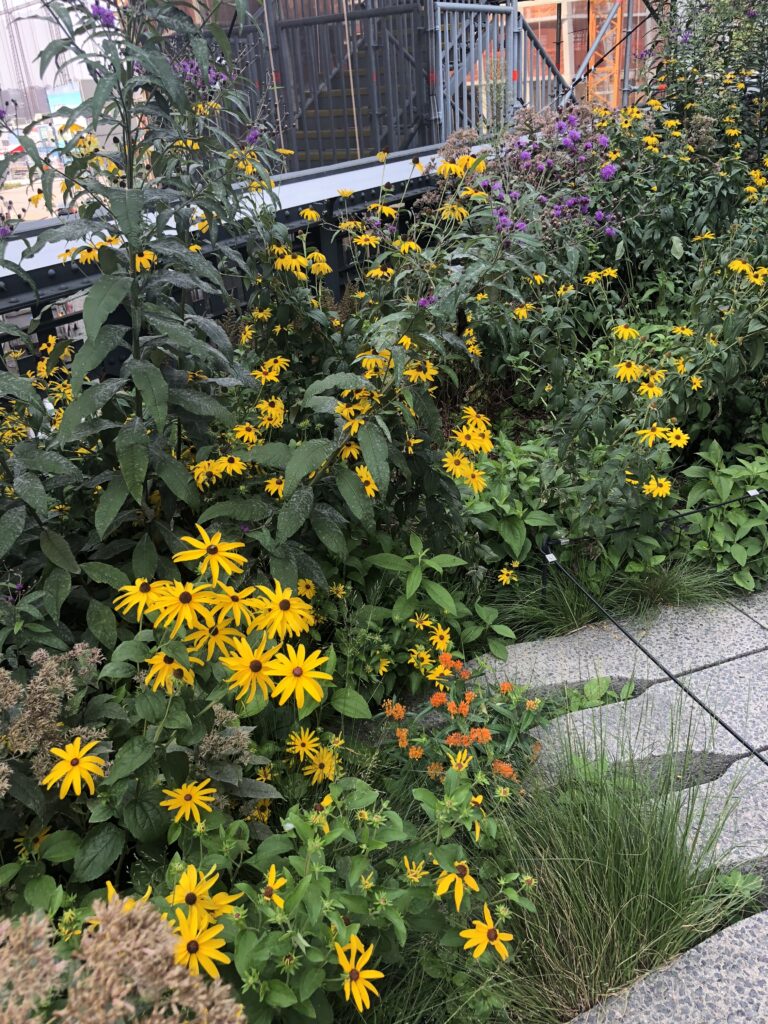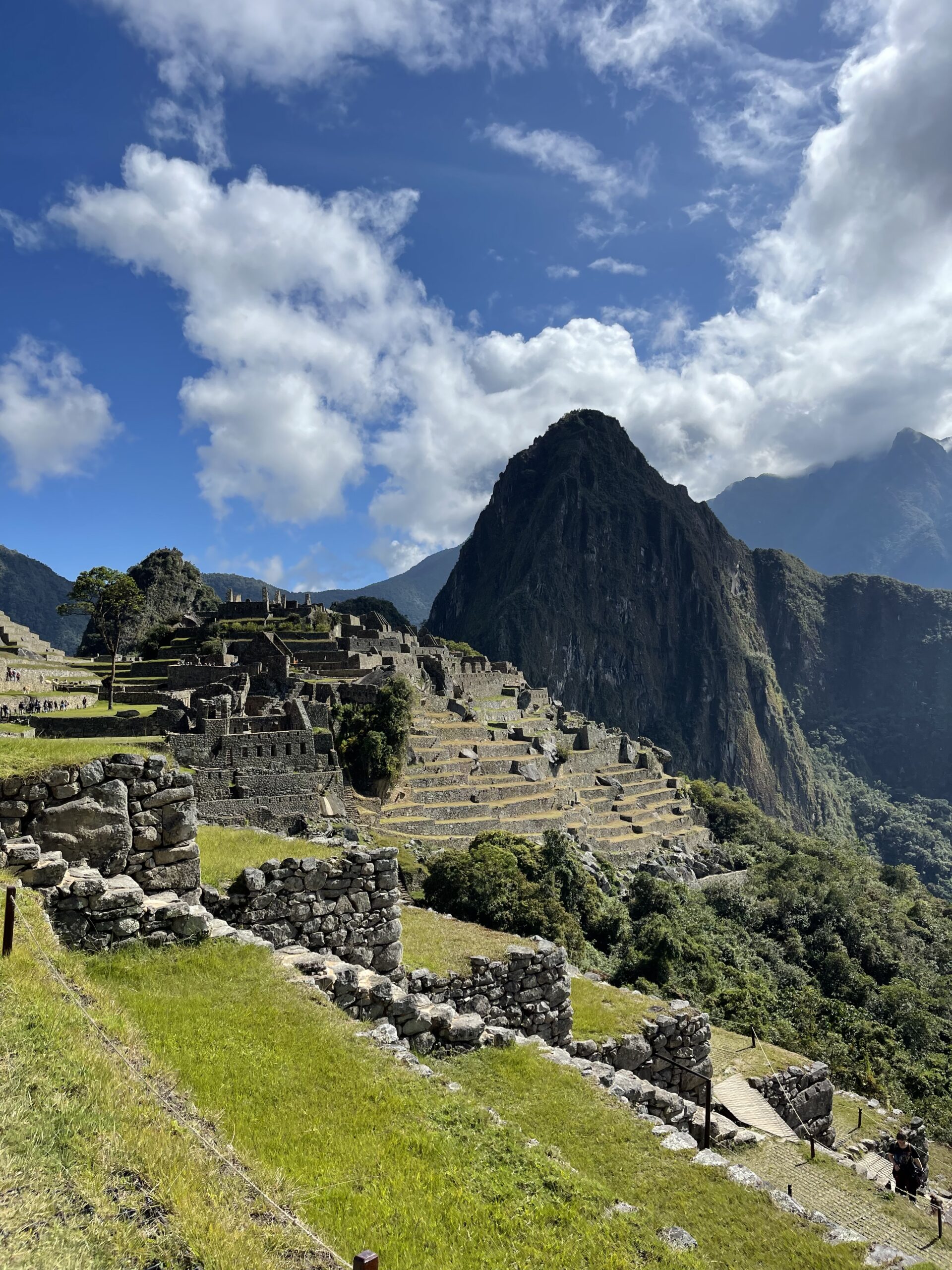What Makes a Place Sustainable?
Different places can be more or less sustainable due to many reasons. A specific place may do something that makes it more sustainable than other places, however, we will discuss the key items that the most sustainable places all have in common.
Aspects That Make a Place Sustainable:
A place’s laws and codes, community efforts, public transportation, restaurants, business, and accommodations all impact how sustainable a place may or may not be.
Laws & Codes
Some city’s, towns, states, and even countries are starting to implement laws and codes that help preserve the natural environment of a place, help create better public transportation systems, build energy efficient buildings, implement efforts to lower temperatures, and create more green spaces and parks. This all helps a place become more sustainable for future generations.
Community Efforts
Some places prioritize sustainability and preservation more than other places. This can include make recycling and composting easier for residents, prioritizing the use of alternative modes of transportation rather than single use cars, celebrating sustainable wins as a community, requesting more green space and parks to be designed for the community, and by voting for people and laws that support sustainable efforts to make the community better while protecting the environment.
Supporting Local
Additionally, some places prioritize supporting local businesses and sourcing their food locally. This not only supports the local economy, but it helps the environment in many ways. When items and food are sourced locally, this means there is less transportation required to get the food or item, and less transportation means a reduction in greenhouse gases being emitted. When food is sourced locally, this means that it is grown near by, usually on a smaller scale than big factory produced foods, and this means it is usually food that is currently in season. Locally sourced food that is in season helps to support healthy soils on farms and creates natural habitats for pollinators and other wildlife.
Public Transportation
The availability and type of public transportation available in a place helps make it more or less sustainable. Public transportation helps reduce the number of cars and other single family size vehicles used around the place. Trains, metros, subways, buses, and trams are all great transportation alternatives instead of cars, taxis, or car services. Public transportation is more sustainable because by reducing the amount of cars on the road, it helps reduce greenhouse gases and other emissions going out into the atmosphere.
In addition to public transportation, other transportation alternatives that make a place more sustainable include how walkable or bike-able a place is. Cities are typically better then smaller towns for public transportation and walking, however, there are smaller towns that support biking as a mode of transportation and create biking lanes and other safer alternatives to biking on the main roads. Another great transportation alternative are e-bike or scooter rentals that are starting to gain popularity all over both cities and towns.
Sustainable Restaurants
Cities tend to have more alternatives for restaurants than most towns do. Cities also have a vast variety of restaurants and places to eat so there are usually more options for sustainable food, local food, seasonal food, and plant-based foods. The less fast food and chain restaurants and the more local, seasonal, sustainably grown, or plant-based options, the more sustainable a place is. The same goes for grocery stores that offer local, seasonal, and plant-based options. These all make a place more sustainable.
In addition, if a place has farmers markets that source goods from local farms and other local places, this helps make a place more sustainable as well. Farmers markets are a great sustainable alternative to conventional grocery stores and another great way to support local businesses.
Sustainable Business
Having sustainable businesses or businesses that prioritize the environment can help make a place more sustainable. These can include restaurants, clothing stores, second hand or consignment stores, grocery stores, beauty businesses, and really any type of business that offers sustainable options. For example, if a place has more local clothing stores or clothing stores that have clothing made in sustainable ways instead of fast fashion stores, this helps make it more sustainable.
If a place has more second hand and consignment stores this helps people that live there or visit that place shop in a more sustainable manner. Additionally, there could be beauty businesses that offer sustainably sourced beauty products instead of mass produced products full of chemicals and harmful ingredients. Having sustainable alternatives to shop at and go to helps make a place more sustainable because it gives people more options.
Sustainable Accomodations
When a place offers sustainable accommodations, this can help make that place more sustainable. Sustainable accommodations include local hotels, guesthouses, airbnbs, hostels, and sustainable hotels. Check out my Sustainable Travel Catalog for examples of sustainable accommodations.
Local, smaller scale hotels and accommodations are usually more sustainable, so if a place you are visiting offers more sustainable options for places to stay, this helps make that place more sustainable.
Summary:
So, what makes a place sustainable? If the place you are going to implements laws and codes into community that help protect the environment, the ecosystem, and the people, this makes that place more sustainable. If the community of that place prioritizes sustainable efforts such as green spaces, parks, and voting with the environment in mind, this makes a place more sustainable. When a place supports local businesses this helps make it more sustainable. By providing and supporting the use of public transportation rather than single family cars or car services this helps cut down on greenhouse gases and pollution, making a place more sustainable.
Additionally, when a place has sustainable restaurants, sustainable businesses, and sustainable accommodation options, this gives people living there or visiting more options and helps make a place more sustainable. There are many other things that also helps make a place sustainable, but this is a good roadmap of what to look for in your hometown or city or when visiting a place.




